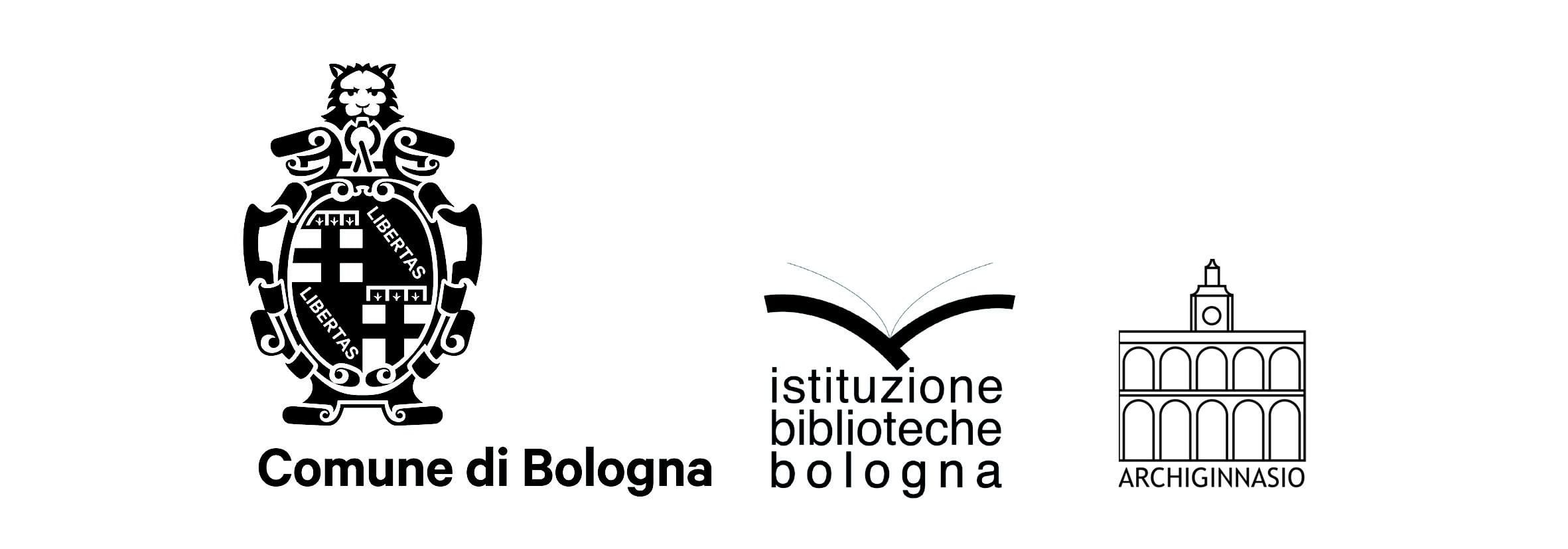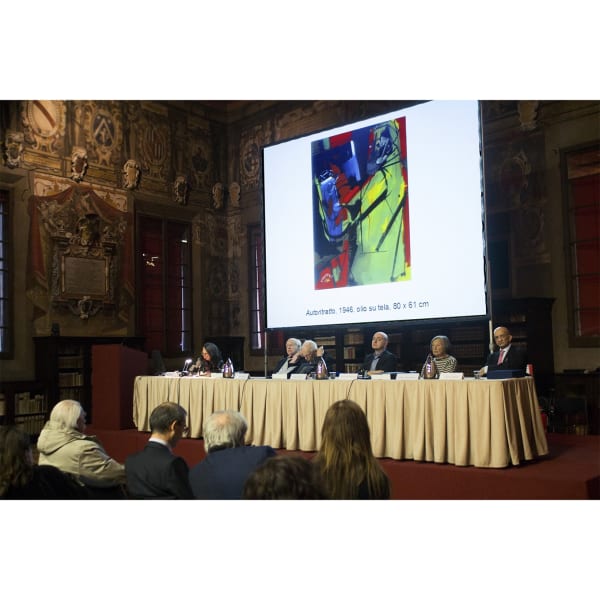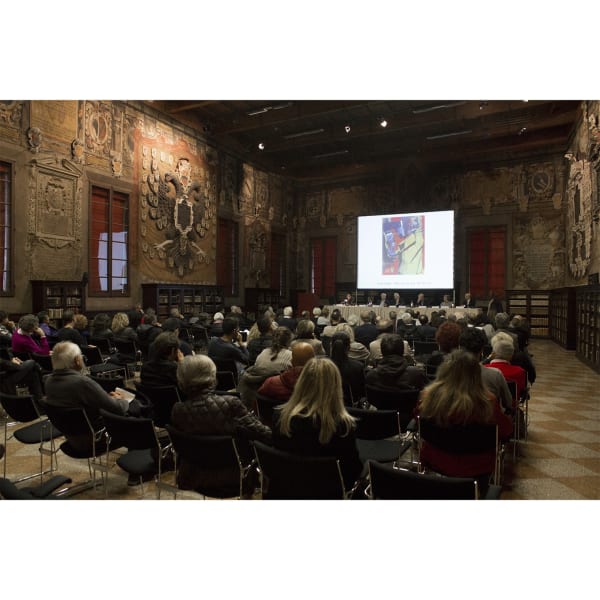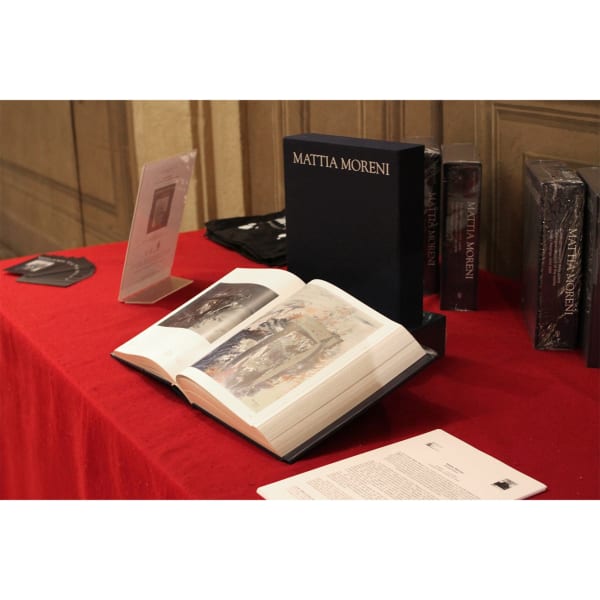G.A.M. Archivio Mattia Moreni presents
Mattia Moreni. Catalogue raisonné of the works. Paintings 1934-1999
Curated by Enrico Crispolti
Edited by Silvana Editoriale
Tuesday, 11th October, 5:30 pm
Archiginnasio Library
Piazza Galvani 1 - 40124 Bologna
On Tuesday, 11th October, at 5.30 pm, at the Archiginnasio Library in the Stabat Mater room, it will be presented the volume Mattia Moreni. Catalogue raisonné of the works. Paintings 1934-1999, curated by Enrico Crispolti and published by the Milan-based Silvana Editoriale, and promoted by "G.A.M. Archivio Mattia Moreni", under the coordination of Franco, Roberta and Alessia Calarota, with Poupy Prath Moreni and Silvia Loddo.
Speakers: Renato Barilli, Enrico Crispolti, Gianfranco Maraniello.
The whole creative story of one of the leading figures of the European Art of the second half of the 20th century, protagonist of the Informalism and the Neoexpressionism, is entirely reconstructed in this important work.
This 888 pages volume features an introduction by the author (a historical-critical essay on the creative events of Moreni's life as a painter) and a critical overview of Moreni's works curated by Davide Caroli. Divided into eight thematic chapters, the catalogue also includes a large anthology of "poetic" and critical texts related to his paintings (from Tapié to Restany, from Arcangeli to Barilli, just to mention a few authors) and an extensive bio-bibliographic apparatus.
Thanks to a detailed historical-critical framing, supported by an extensive anthology of his writings, "poetry" and criticism, this volume offers the first "reasoned" cataloguing of the paintings of one of the protagonists of the European Art of the second half of the 20th century, Mattia Moreni (1920-1999). By the reconstrusction of the various phases of his work that, for more than half a century, never lost confidence in the communicative power of painting as a "means", in a powerful, iconic and impressive style, every phase of his life is analyzed: from his earliest experiences amidst post-cubism and "mechanistic" abstraction to the centrality of his great "informal" season, from a vigorous "neo-expressionism" and provocative "self-portraits", to an enthusiastic "regression of the species" (as physiological as it was imaginative), all the way up to his very full "comic-book" repertoire of residual "humanoids" lying in wait. This is the documentation of a powerful and exciting imaginative adventure, a warning against a shared destiny - that still looms large - of a collective regressive genetic and mental mutation.




